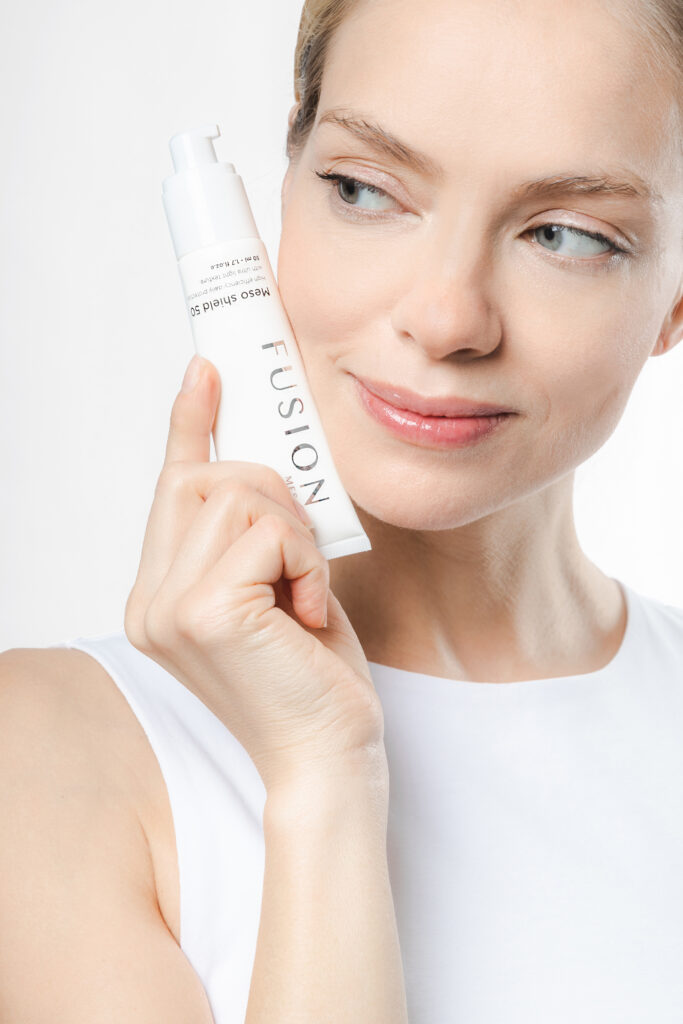The Ultimate Guide to Retinol Creams: Transforming Your Skincare Routine
Retinol stands as a beacon in the expansive world of skin care, hailed for its change effects yet enveloped in wrong nontion. Once confined to the pristine corridors of dermatology clinics, this potent active ingredient now graces the shelves in a plethora of no prescription required products, from creams to serums, oils, and gels. However, navigating the complicated landscape l formulations can be daunting. In this comprehensive guide, we unravel the mysteries, offering insights from skin care experts on harnessing its power effectively.
What is Retinol?
At its core, a vitamin A derivative, earning widespread acclaim from dermatologists and skin care fan alike as the pinnacle of active, effective skin care. Scientific research underscores its prowess in addressing a myriad of skin concerns, ranging from fine lines and pigmentation to acne, making it a many aspects weapon in the skin care arsenal.
The Science Behind Retinol
Retinol operates by accelerating skin cell turnover, facilitating the emergence of new, radiant skin cells at a quicker pace. This process yields significant aesthetic benefits, including enhanced collagen and elastin production, reduced signs of cellular aging, minimized pore congestion, and regulated sebum production. Being a compound that the body does not naturally produce, topical application is essential for feeding our skin with vitamin A.
Navigating Retinol’s Benefits
The capacity of retinol to regenerate skin cells translates into wide spectrum benefits for various skin types and concerns. Studies highlight its effective in diminishing the roughness, hyperpigmentation, and wrinkles associated with take a photo, alongside promising results in acne treatment and the reduction of scar and pigment.
Understanding the Retinoid Family
The term “retinol” often serves as a catch them all for the retinoid family, which includes both natural derivatives like retinaldehyde and retinyl esters, as well as synthetic forms.Notably, retinoids must change to retinoic acid in skin for cell renewal and collagen boost—a fact that calls for patient and consistent use.
Side Effects and How to Use Retinol
While retinol’s benefits are manifold, potential side effects such as dryness and stimulate are notable. Delve into advanced skin care with our night treatments. Begin with low frequency application, increasing as your skin adapts, for remarkable results. Always pair with daytime SPF to protect against potential concerns.
The Path to Higher Strength Retinol
Determining when to escalate the strength of retinol involves assessing skin goals and endurance. Transitioning to higher effect requires careful consideration, including the possibility of a transition period to adapt the skin. This incremental approach ensures continued benefits without overwhelming the skin.
Regulatory Landscape and Sensitive Skin Considerations
Upcoming EU rules aim to limit over-the-counter retinol products’ strength, signifying mindful vitamin A intake’s importance. Sensitive skin types too can venture into employing the ‘sandwich’ method to minimize any possible irritation.
Finding Your Ideal Retinol Cream
For novices with tender skin or experienced users craving more strength, the market presents retinol selections for every skin necessity.
In conclusion, retinol creams present a promising avenue for those looking to elevate their skin care routine. Armed with the right knowledge and product, you can unlock the full potential, paving the way to radiant, youthful skin.
Related products: Retinol 1.0



